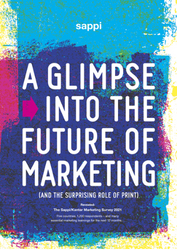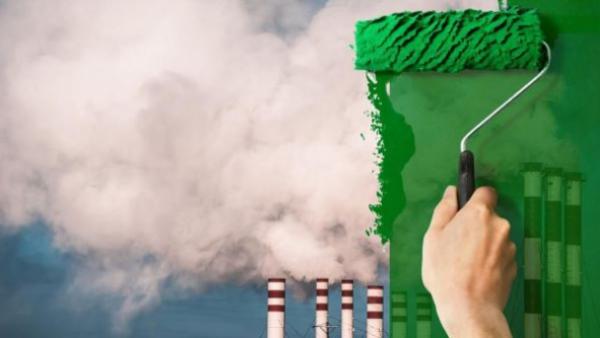How corporate greenwashing confuses consumers – and damages the print industry
Unfounded, negative claims about the sustainability of paper could be costing the print industry millions

A recent report by Two Sides *, the print and paper advocacy group, found that greenwashing by companies in the UK could cost the print, paper and mailing industries £22 million annually in that country alone.
Two Sides defines greenwashing as, “The practice of making an unsubstantiated or misleading claim about the environmental benefits of a product, service, technology or company practice.” Very often this means companies and organisations urging their customers to “go paperless” – ostensibly as a means to help the environment, but in practice in a bid to save on costs.
“Greenwashing claims are not welcomed by consumers, are often in breach of established environmental marketing rules, and are hugely damaging to an industry which has a solid and continually improving environmental record”
The report, put together in conjunction with consumer research company Censuswide, also found that consumers were rightly suspicious of such greenwashing: 67% figured that organisations wanted to save costs by switching to digital bills; and 38% disbelieved the environmental messaging altogether.
While sustainability in marketing shouldn't be seen as a matter of the benefits of traditional marketing vs digital marketing, it's important for business and consumers to be aware of the environmental costs of digital interactions. By 2030 it is estimated that data centre electricity use is likely to increase 15-fold – and account for 8% of projected global demand. There is also the environmental cost of making digital devices from plastics, metals and rare Earth materials – as well as the waste aspect at the end of a product’s life.
Print, on the other hand, has a high one-time energy cost, but stores information for its lifetime without incurring additional energy costs – at the same time as contributing to a bio-based circular economy based on recycling. Meanwhile, trees used to make the virgin fibres element of paper are a fully renewable and sustainable resource – and capture CO2 as they grow. With the energy cost of paper making partly offset by the carbon captured by the trees providing the raw material.
“A healthy market for forest products such as paper and paper packaging encourages the long-term growth of forests through sustainable forest management and the encouragement of biodiversity.”

Two Sides is continuing its work combatting erroneous environmental claims about paper products. Of the 750 companies they have challenged over the past 10 years, more than two thirds have changed or removed their misleading messages.



